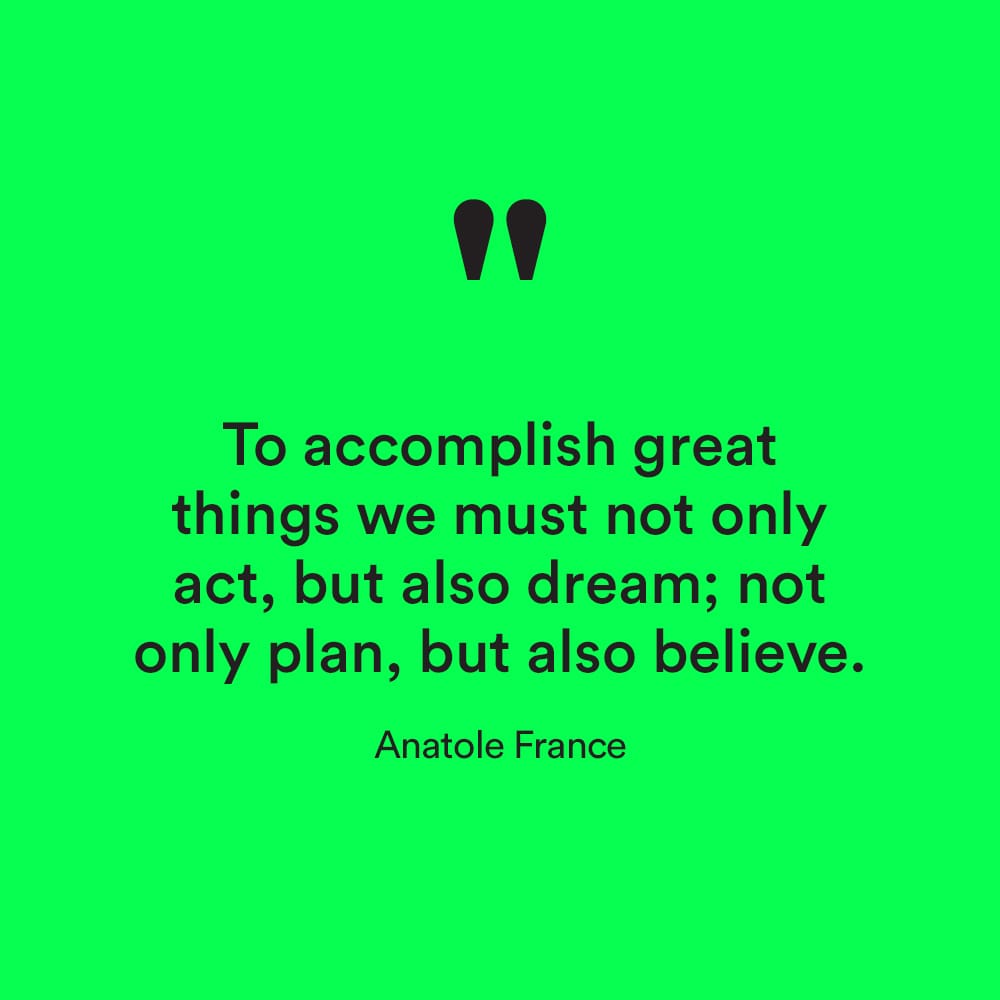Hello Friends,
In this edition, I’m delighted to feature Hassan, an Alexandrian media artist, architect, and interdisciplinary designer whose work spans an impressive 15 years across diverse fields, including architecture, exhibition design, museography, computational design, and generative art.
I’ve had the pleasure of following Hassan’s incredible work for some time now and getting to know him better through our conversations. His journey is a testament to the power of blending art, technology, and heritage. His global projects, from Cairo to Los Angeles, reflect a unique synergy between disciplines, pushing the boundaries of creativity to craft a new visual language. Over the past two years, Hassan has pioneered the integration of generative AI into art and design, bridging the gap between tradition and innovation.
His works have been showcased and sold worldwide, and his insights on creativity, Gen-AI, and the future of design have resonated through workshops, lectures, and publications. Collaborating with esteemed names like Adobe, BMW Designworks, MIT, and RIBA, Hassan continues to redefine the possibilities of his craft.
Fresh from his exhibition at Xposure—one of the world’s largest photography events—Hassan made waves as the only participant showcasing digital artworks created using AI. It’s a groundbreaking moment for the photography world, opening new doors for the integration of AI in visual storytelling.
I’m thrilled to dive into a conversation with Hassan, exploring his creative process, his vision for the future, and the lessons he’s gathered from his remarkable journey.
Let’s get started with the Q&A!
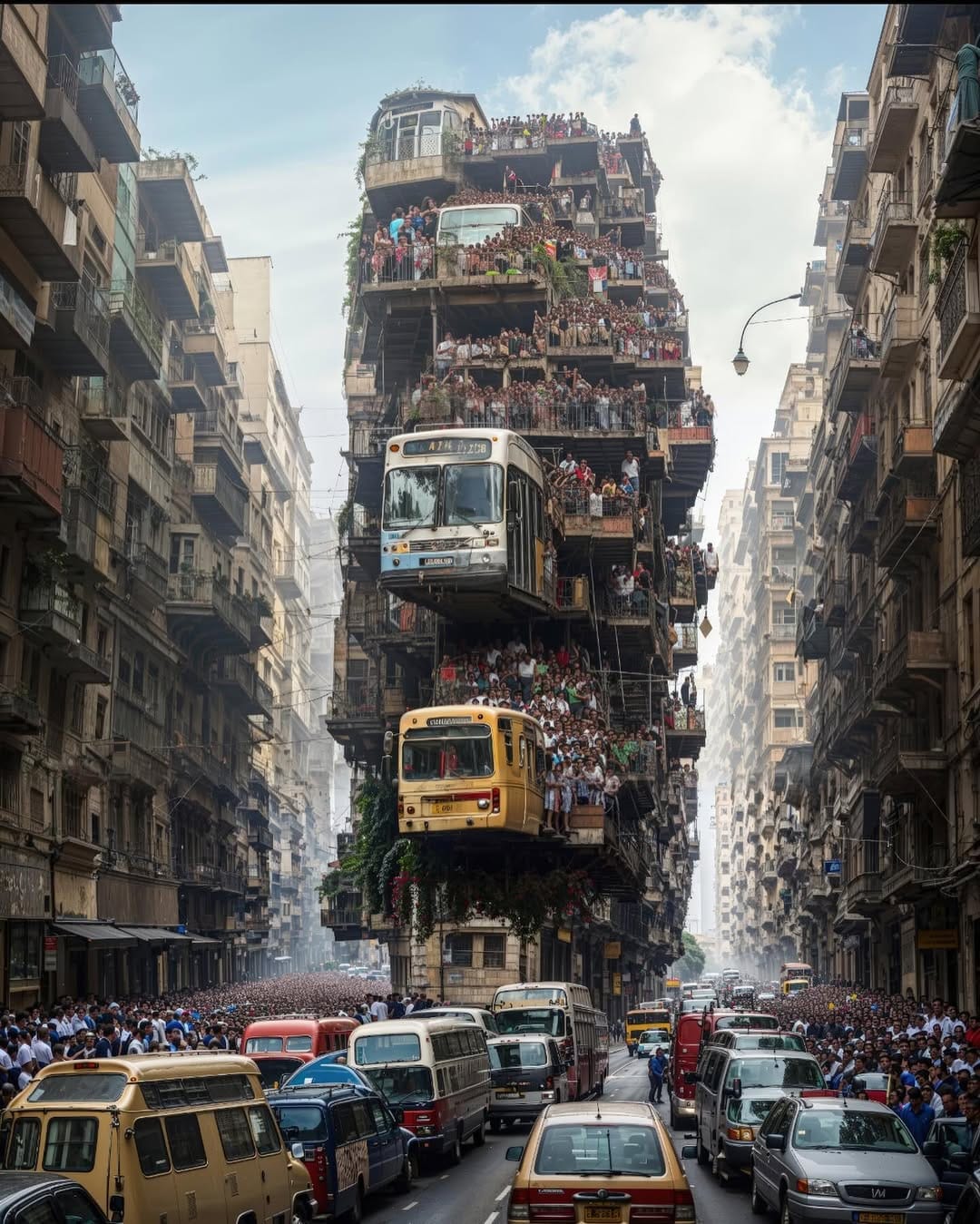
✱ How do you approach brainstorming and your overall creative process?
I’m not sure if I have a particular one, to be honest. Sometimes, I feel like I’m among the lucky few who are genuinely motivated or moved by the world around them. Or perhaps, after years of self-reflection, I’ve realized that my creative process becomes more interesting when it’s rooted in a sense of freedom—something that’s often missing when working on the engineering side. I spent four years in construction and suffered greatly from the lack of creative freedom.
In general, my process is highly responsive to the medium I’m using and how I’m feeling in the moment.
A significant part of my work involves learning new things and deepening my understanding of myself. This requires me to constantly evolve my approach, especially with the rapid pace of AI development, which has been truly unprecedented.
It’s a messy and challenging process, and honestly, I often struggle with it. But despite the difficulties, I find it deeply rewarding many times.
✱ Where do you gather inspiration for your designs and how do you keep up with current trends?
Nobody truly knows where inspiration comes from. Leonard Cohen once said, "If I knew where ideas come from, I would go there more often." For me, I believe inspiration arises from my reaction to reality—or at least my interpretation of it. There’s an undeniable urge within me to respond and express, and creating is essential for me to stay grounded.
When it comes to trends, I try to distinguish between technical and artistic trends. I work hard to stay up-to-date with the latest technologies and explore their potential in my work. However, I find chasing popular artistic directions to be risky. In fact, I dislike it when my work becomes trendy.
That said, I acknowledge that everything humankind has ever created is, in some sense, a trend—destined to be replaced.
Despite this, I strive for authenticity, doing my best to stay true to myself regardless of external influences. It’s a peculiar balance that professionals in our modern world must navigate—both a privilege and a challenge.
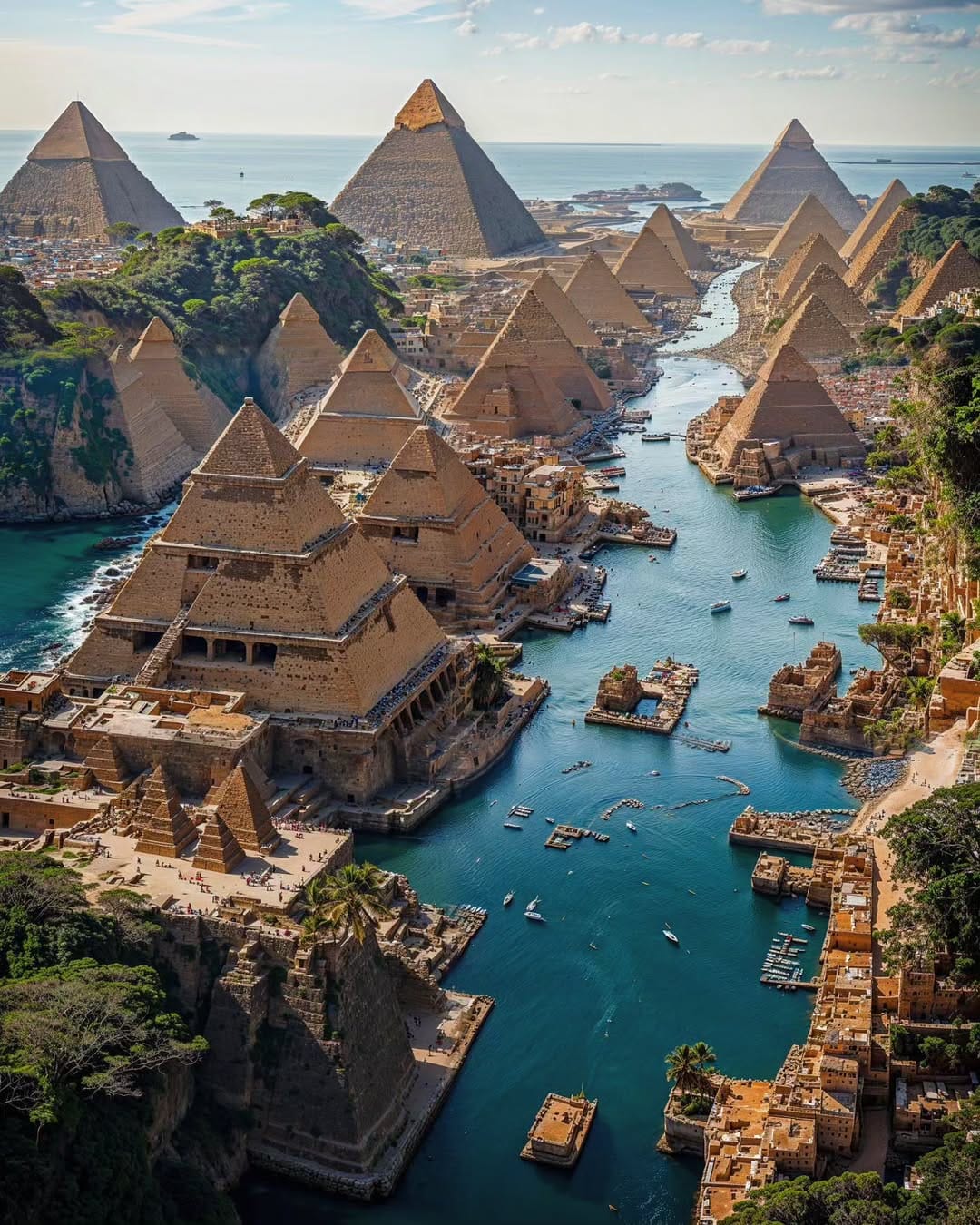
✱ How has a failure or unexpected outcome in your past work reshaped your design philosophy or approach?
My failures have been the foundation of both my personal and professional life. I’ve come to believe that there’s no such thing as true "success." Everything I do feels like a trial, an experience—something that carries no guarantees of success.
For me, success is not a fixed point but a dynamic process, a journey shaped by failures rather than a destination of complacency or satisfaction.
The dreams I have and the changes I want to see in the world often seem impossible. But I’m at a point in my life where I’m genuinely interested in pursuing the impossible, fully aware—and even hopeful—that I may never reach it. This perspective grounds me and allows me to embrace failure as an essential part of growth.
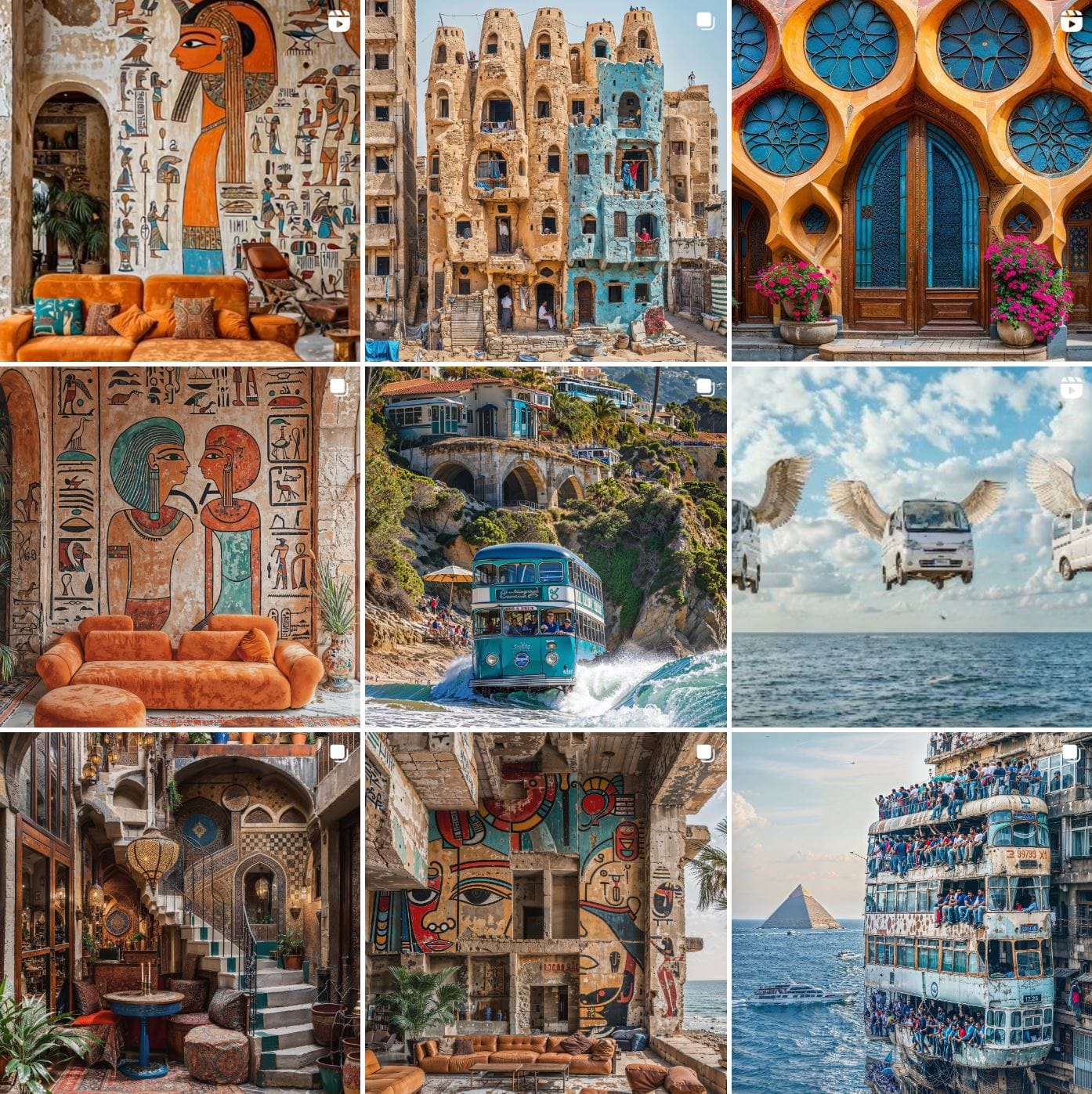
✱ How do you balance innovation with constraints like timelines and budgets?
Haha, I’m still figuring this out. Timelines and budgets are an inherent part of client work—something I have to respect as a professional. However, limited budgets and tight timelines often mean fewer opportunities to innovate. When working with clients, I focus on being specific and targeted in setting expectations, usually by providing upfront examples and references to how the final result might look.
That said, my experience in architecture and construction has taught me a hard truth:
To achieve something truly remarkable, you almost always have to sacrifice one element of the "holy trinity" of creation—budget, time, or quality.
I’m fortunate that some clients approach me to create my own ideas, which makes things a bit easier. But I’m not yet at a point where I’m financially comfortable enough to have full control over this balancing act. So yeah, it’s still a work in progress!
✱ What advice would you give to aspiring designers aiming to achieve your level of success?
Perhaps I should start by saying that I don’t measure success as something public. While it’s important to acknowledge and be grateful for success, I strive to avoid viewing it in a way that allows my ego to obstruct my path. What matters more than how others perceive you is how you see yourself in the mirror each day.
The key to living with yourself is authenticity—being true to who you are and brave enough to face your fears. It’s essential to have the courage to critique yourself without succumbing to self-doubt, and to be resilient in the face of the hardships that come with following your own path.
Most importantly, it’s vital to understand our true place in the world. We don’t exist in isolation; we are part of a much larger whole, connected by space, time, and society. As a designer or artist especially, you can’t thrive in isolation.
So, strive to be humble, caring, and empathetic—and embody the change you want to see in the world.
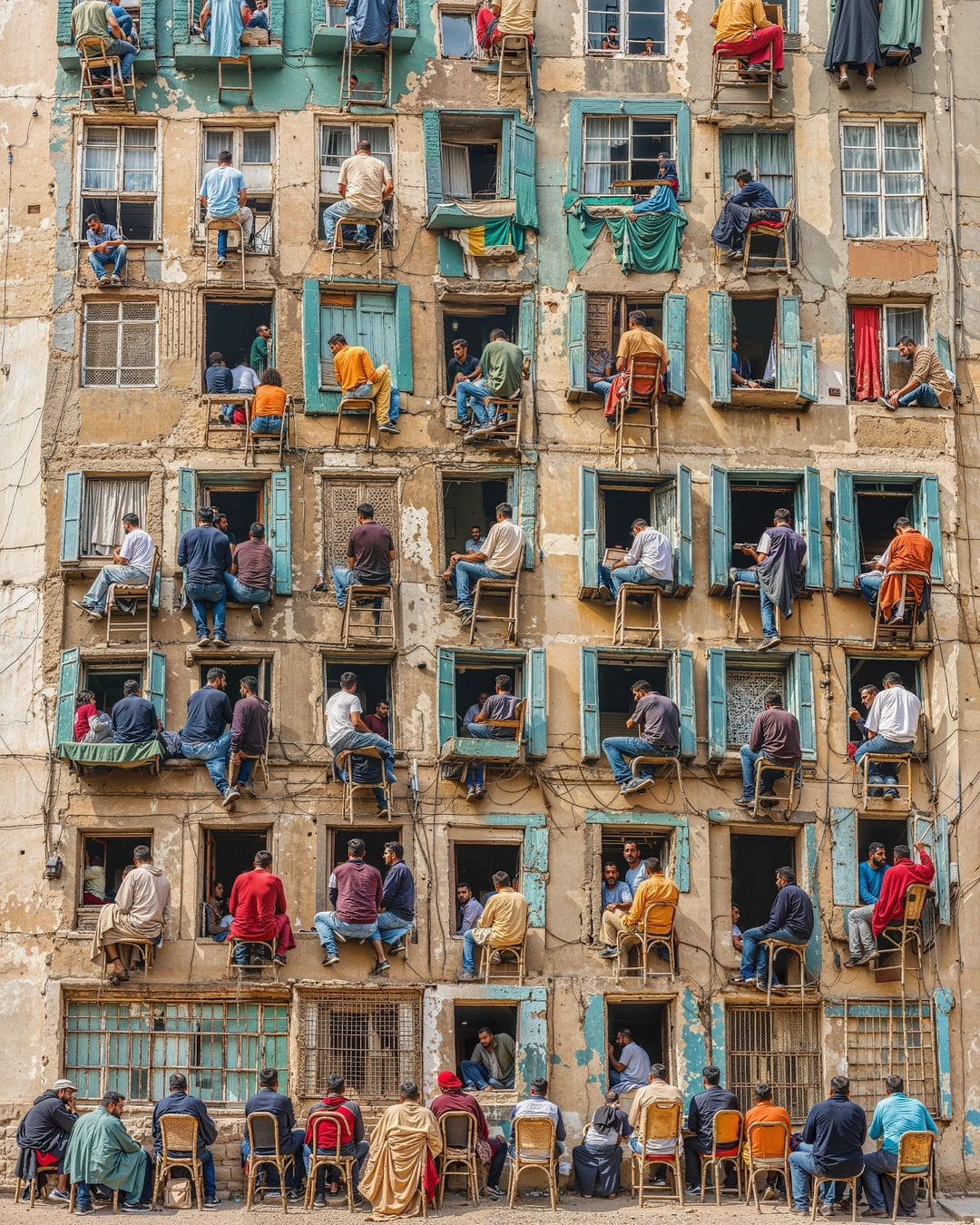
As we wrap up this edition, I hope you’ve found inspiration in Hassan’s incredible journey and unique approach to blending art, technology, and heritage. His work is a testament to the power of pushing boundaries, embracing innovation, and staying true to one’s creative vision.
If you’re as captivated by his story as I am, be sure to follow Hassan on Instagram, LinkedIn, X, and Threads to stay updated on his latest projects and insights. Feel free to connect with him and explore more of his astonishing work.
Thank you for joining me in this edition of the newsletter. Stay tuned for more exciting features, updates on my solo gallery exhibition in China, and other creative highlights in the coming months. Until next time, keep creating and stay inspired!
Dream Big!
Hussain Almossawi

